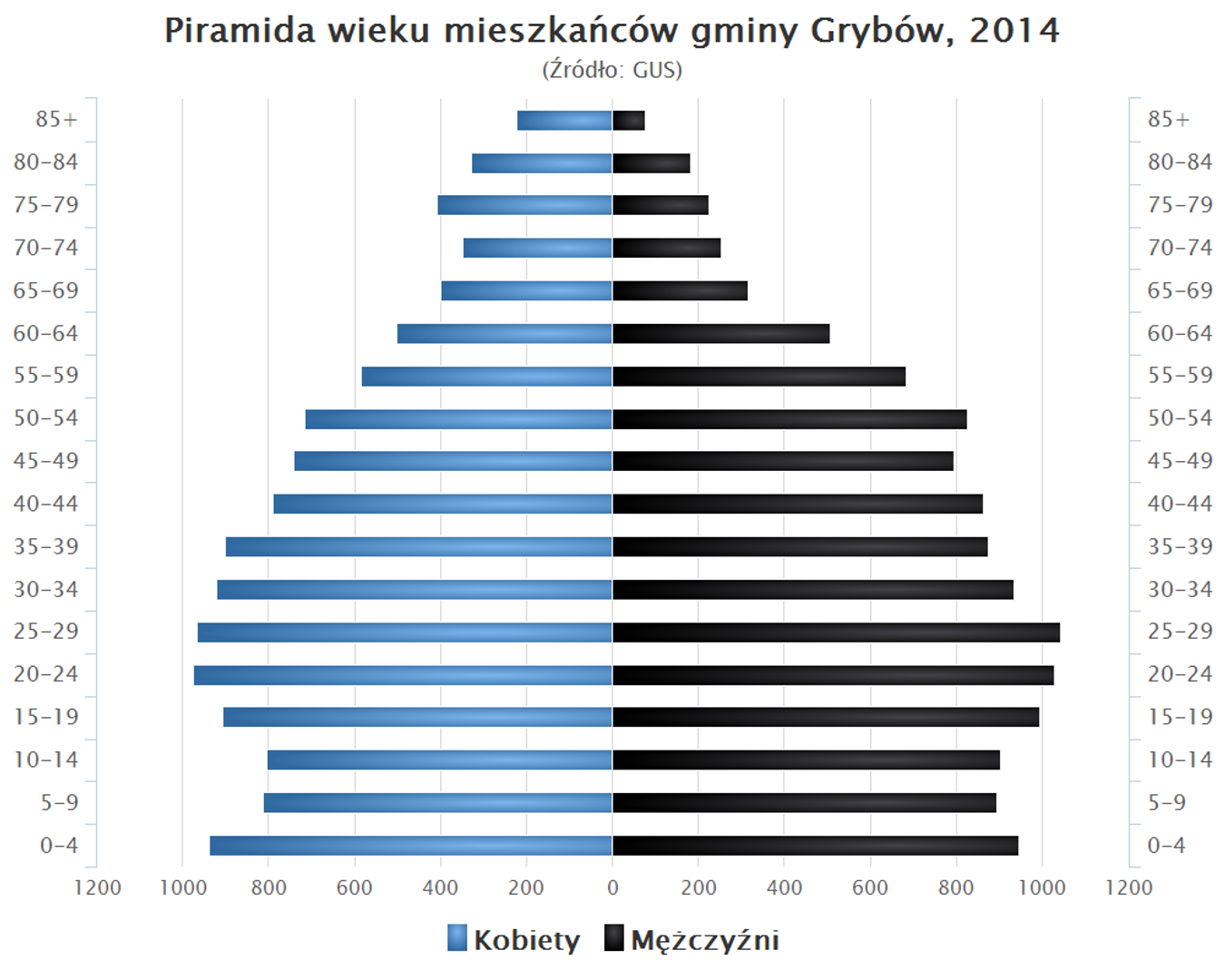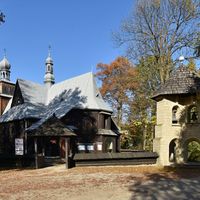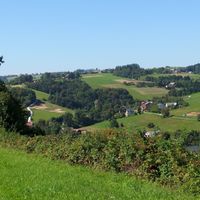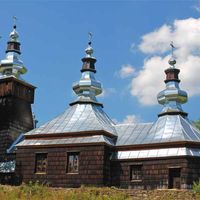Grybów
6.45

Overview
The municipality of Grybów, located in the Lesser Poland Voivodeship, is picturesquely situated in the area of the Rożnów Foothills, Ciężkowice Foothills, and the Low Beskids, in the valley of the Biała River. The area of the municipality is 153.01 km², with a predominance of agricultural land (61%) and forests (33%). Grybów, founded by Casimir the Great in 1340, has a rich history, with the 17th century being a period of decline for the town. Historical documents show that the town was the seat of a county until the First Partition of Poland and later for a brief period in the 19th century. It is worth noting the region's historic architecture, which includes wooden churches in Krużlowa Wyżna, Polna, and Ptaszkowa, dating back to the 15th and 16th centuries, with Uniate Gothic and late Gothic features, as well as original polychromes, sculptures, and pulpits. In the municipality, one can also see the church in Binczarowa and the brick church in Florynka from 1875. The culture of the municipality is dynamic and diverse, with activities of the Children's Folk Group "Wesołe Nutki" and the Regional Group "Kowalnia," which focus on cultivating local traditions. Sports also have their place in Grybów, with numerous clubs and sports centers, as well as the Winter Sports Center in Ptaszkowa and a ski lift in Cieniawa. The municipality engages in international cooperation, with partner towns in France and Hungary. An interesting fact is the rich collection of monuments, such as cemeteries from the First World War, as well as the inspiring history associated with the town, which, despite the destruction during the wars, still preserves its cultural and architectural heritage. Grybów is a place that combines tradition, history, and modernity, offering residents and tourists many attractions.
Location
2025 Wizytor | All Rights Reserved



